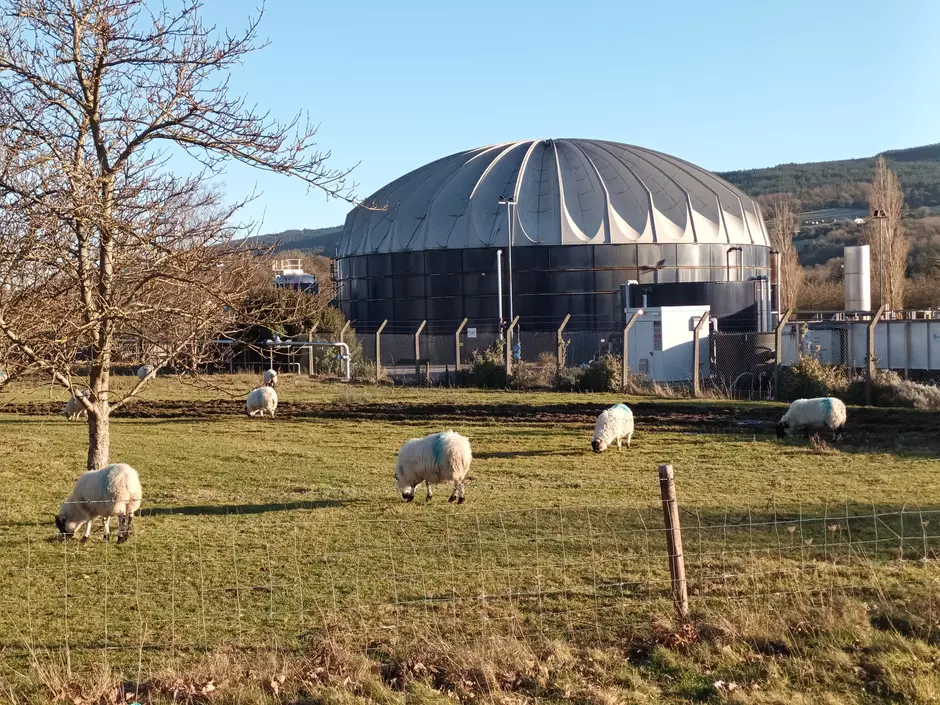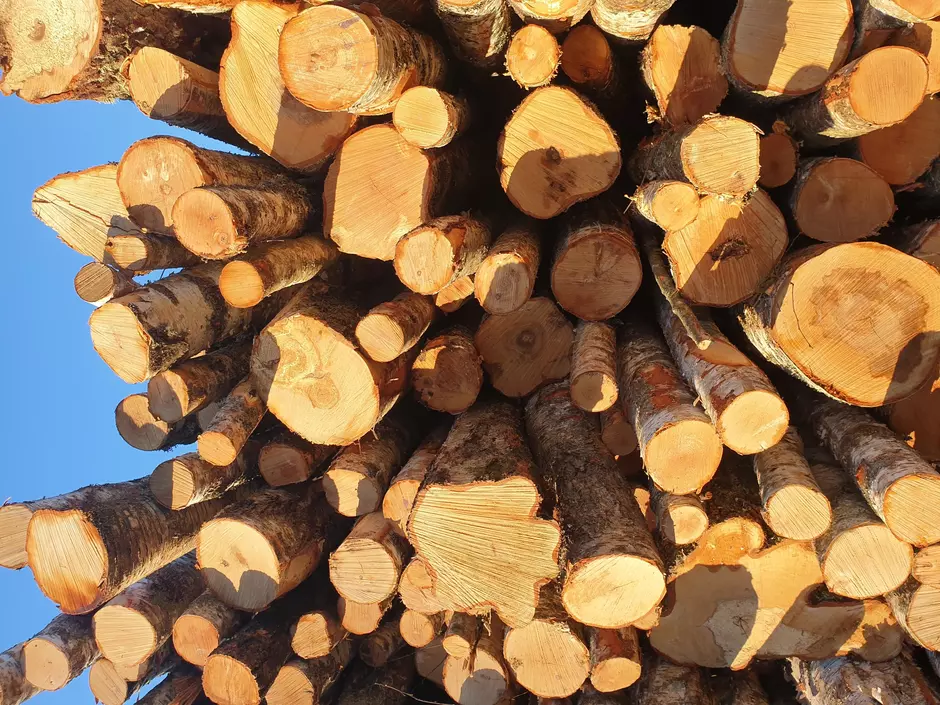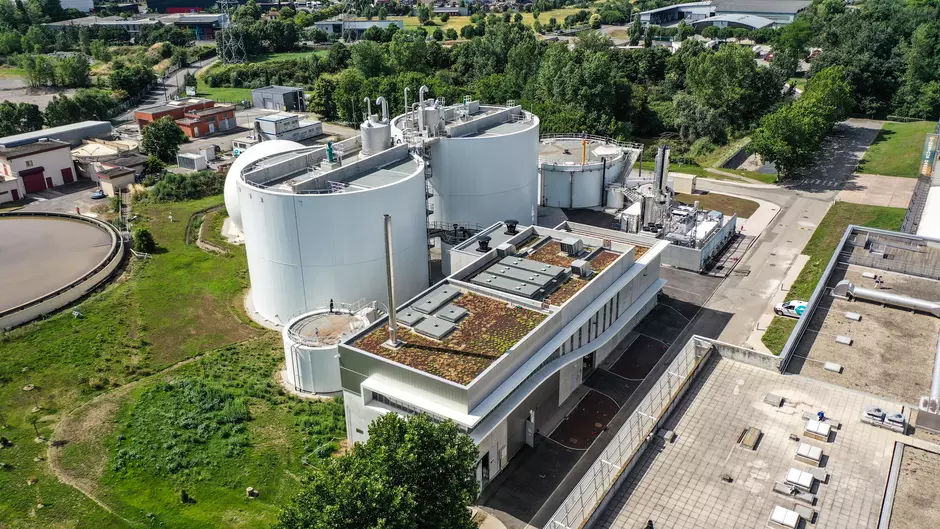Missed part I of this article? Check it out here.
Dosing micronutrients in anaerobic digestors yields several optimisation benefits. Enhanced biogas production, improved quality effluent, and even the opportunity to sell biomass are just some of the gains possible. Where feed water is missing only a few trace elements, micronutrient dosing can add a big piece of the puzzle and allow operators to get the very best out of their wastewater treatment system.
C&C drinks, the cidermaker of Clonmel
Bulmers, the well-known cider brand is owned by the C&C Group and is produced at a brewery in Clonmel in County Tipperary in the Republic of Ireland. Effluent from the brewing process is treated in an on-site anaerobic digester before it is treated in an aerobic system and then passed on to the local wastewater corporation for further treatment. Discharges from the facility must meet certain standards to comply with the EPA licence to operate. The waste streams from cider brewing can be challenging as conditions can vary significantly in terms of volumes and COD for example, during the apple crushing season from September to December. C&C deploys a full-service agreement with Veolia Water Technologies which includes their business unit Biothane.
Pat Concannon, the wastewater treatment plant technician at C&C, explains: “It is very challenging and we've had a few issues over the years. Veolia has been very good at helping us through those issues. They've been very good at getting information, informing the operators of changes that are indicative of problems or if they have to take any particular precautions. It's absolutely imperative that our wastewater treatment plant works effectively, otherwise, we can't make cider.”
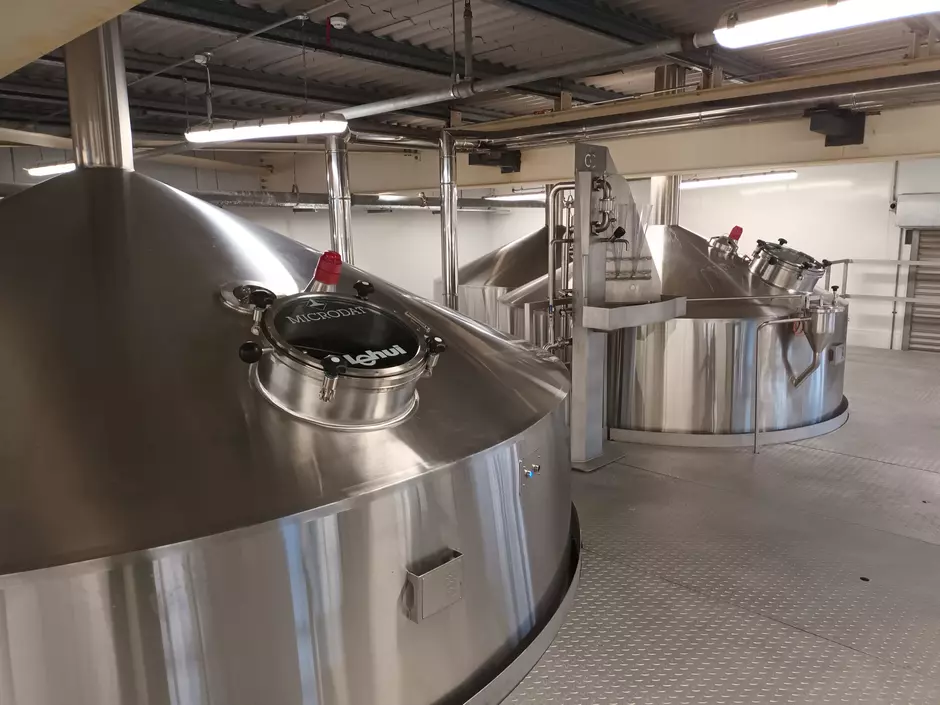
Although one potential problem for the brewing sector is the use of biocides for cleaning equipment, even subtle factors can impact the AD plant which has significant knock-on effects on the bottom line for the company. If the biomass in the AD plant is in less than optimal condition production of biogas is reduced. Not only does the biogas offset expensive energy supplies – it is used in on-site boilers at Clonmel – but such conditions also demand more energy use in air-blowing equipment and increase downstream disposal costs from the municipal authorities. Indeed, the cost of keeping an AD system in optimal condition is relatively small when compared to the cost of gas, increased aeration, and such alike.
“If we can optimise the conditions that the bacteria are in we get more biogas produced and we will get more treatment on the effluent. Everything from temperature to pH to nutrients has an effect,”
However, like any biological system, multiple factors have an impact and not all are immediately observable. “If we can optimise the conditions that the bacteria are in we get more biogas produced and we will get more treatment on the effluent. Everything from temperature to pH to nutrients has an effect,” says Concannon. “Things can go wrong very quickly, which could potentially knock out the treatment biomass have to make sure that everything is done correctly because it does take a long time to come back to the production levels required,” he adds.
One factor impacting biomass health is the presence of trace elements and micronutrients. Veolia began using micronutrient dosing from Biothane after partnering with C&C to set up the treatment facility but later decided to discontinue this dosing process for several years. Subsequent analysis revealed there were issues as a result. “On reviewing the analysis we were down on a lot of micronutrients so we started dosing again,” says Pat Concannon.
He adds: “The plant at the moment is working fine but we've had peaks and troughs, and sometimes it's hard to explain why. We’re guided by an audit twice a year. Veolia does an in-depth analysis of all the nutrients and then recommends an increase or decrease of nutrient dosing.”
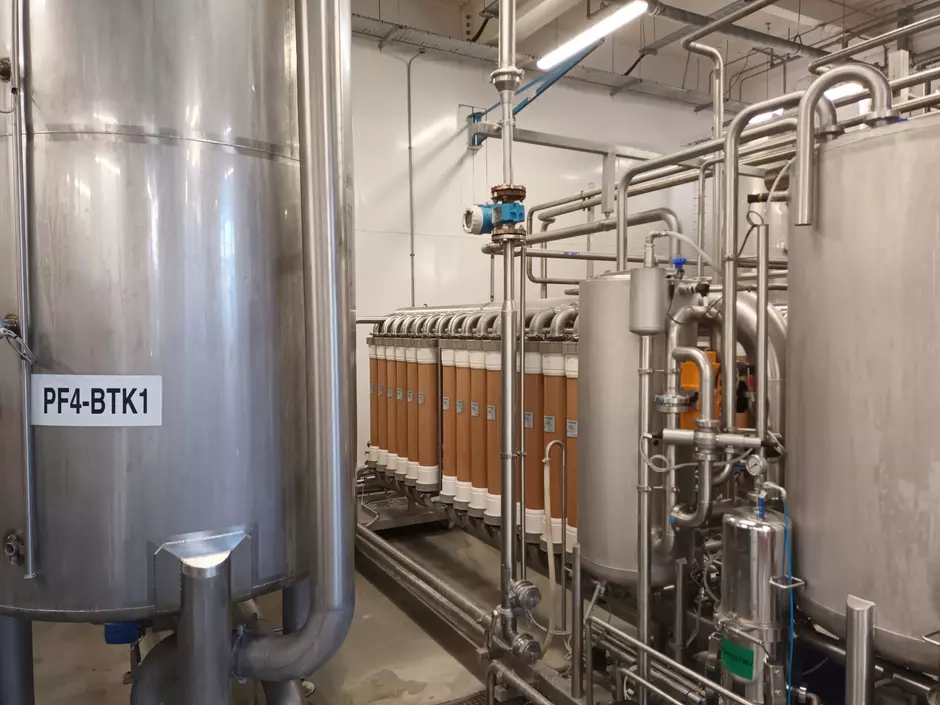
Nonetheless, he cautions that optimised AD treatment that is supported by micronutrients is a subtle benefit but nonetheless has a significant cumulative benefit. “Using micronutrients it's not like you dose today, and you'll see an instant reaction tomorrow. By the same measure, improving and optimising performance is common sense. If you have the AD in optimal conditions from micronutrients, pH temperature, and all other factors then it's going to perform better. It's critical in terms of keeping biomass healthy and keeping your water treatment system in optimal conditions,” he concludes.
Achieving gold medal performance
For all types of wastewater, the practically feasible COD removal rates are known. It is therefore possible to detect suboptimal performance with basic analysis, for example by using the concentration of fatty acids in the effluent as a key indicator of water quality. Where fatty acid concentrations are high but the system has sufficient bacterial biomass this indicates that the process is being limited. Often this poor performance is found where system operators are not effectively dosing with the necessary micronutrients that can support their water treatment process.
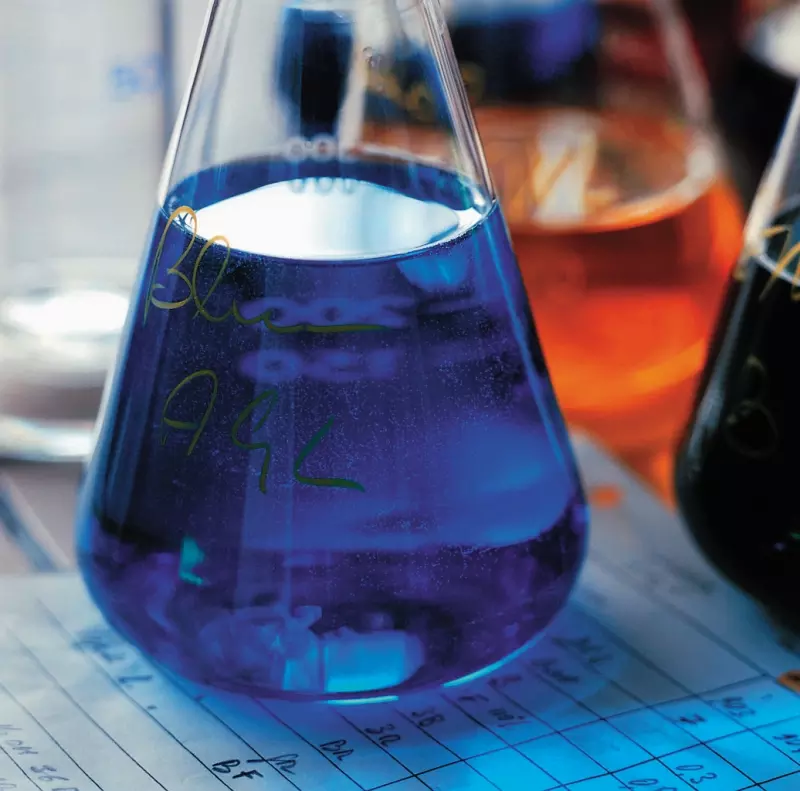
Biothane’s Vithane™ solutions, for example, contain all the micronutrients suited for a specific plant type and are tailored to the nutrient composition of a particular wastewater. For example, micronutrient dosing can contain FeCl3 for additional iron that can boost the strength of the biomass granules. Meanwhile, other formulations may include Mg, K, and Ca for wastewater low in these elements that are needed for bacterial growth and good anaerobic granular structure.
Macronutrients and micronutrients are vital for the proper functioning of an anaerobic plant and come with a raft of benefits. They prevent biomass loss by producing robust granules that are highly effective in water AD treatment. They enhance the ability of the system to handle challenging effluents and embody the flexibility needed to treat load variations in COD. They also improve the stability of the process. Simultaneously, the right micronutrients maximise biogas output, increase COD removal capacity and reduce loads and costs on downstream wastewater treatment steps.
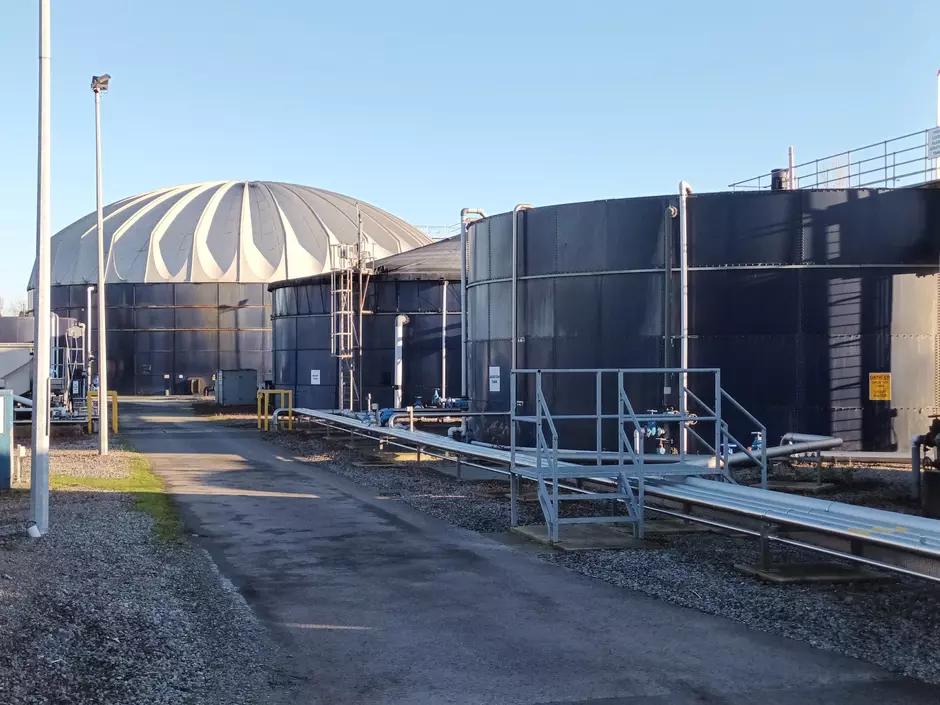
There are lots of small, incremental steps where the gain from micronutrient dosing doesn't necessarily show immediately but the cumulative effect is in fact substantial. Like an elite athlete, without vitamin C even for a few weeks performance will noticeably decline. A zinc deficiency will take much longer to become apparent but it does have an impact in the longer term and can mean the difference between a gold medal and an also-ran.
Author: Atlantean Media



